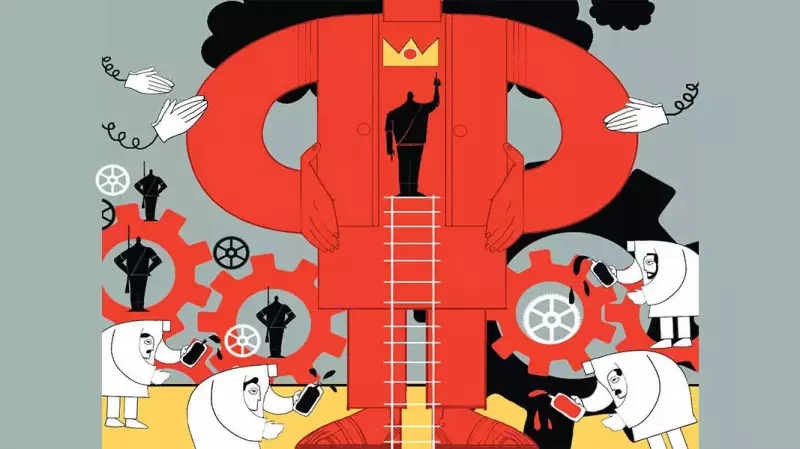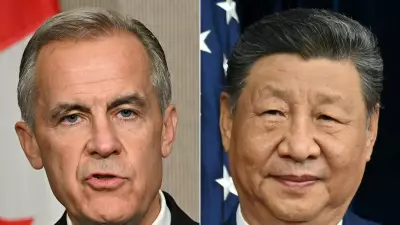
In the intricate tapestry of Indian politics, Bihar has emerged as more than just a state—it's become a political laboratory where strategies are tested, alliances are forged, and trends are set that often reverberate across the nation. The recent political developments in this eastern state are providing a fascinating blueprint for how Indian politics might evolve in the coming years.
The Coalition Conundrum
Bihar's current political landscape presents a complex web of alliances and rivalries that mirror the broader national scenario. The state's experiment with coalition politics—where regional parties hold significant sway—offers valuable insights into how power-sharing arrangements might work at the national level. The delicate dance between the JD(U), RJD, and BJP demonstrates how ideological differences can be set aside for political pragmatism.
Youth Leadership Rising
One of the most striking developments has been the emergence of young leadership challenging established political dynasties. The rise of leaders like Tejashwi Yadav represents a generational shift that's gradually transforming the political discourse, not just in Bihar but potentially across India's political spectrum.
Development vs Identity Politics
Bihar's voters are increasingly balancing traditional caste-based considerations with development-oriented issues. This evolving voter behavior suggests a maturing democracy where governance performance is becoming as important as identity politics—a trend that could redefine electoral battles nationwide.
The National Implications
What happens in Bihar rarely stays in Bihar. The state's political experiments have historically influenced national strategies. From coalition mathematics to social engineering, from development promises to welfare schemes—Bihar serves as both mirror and compass for Indian politics.
As the 2024 general elections approach, political observers are closely watching Bihar not just for its electoral college numbers, but for the political narratives and strategies that might eventually shape the national outcome. The state that once lagged in development indicators is now leading in political innovation, proving that in democracy, every region has its moment to teach and transform.





